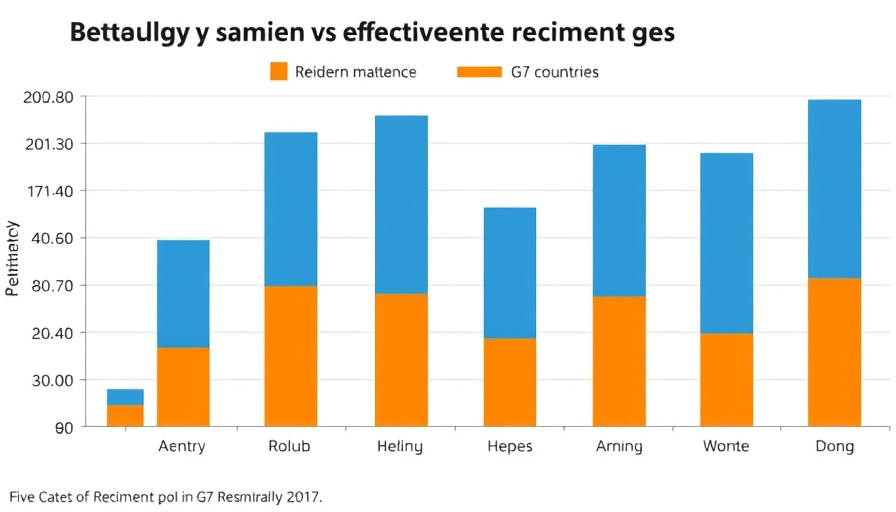
Understanding the Hidden Dangers of Gaslighting at Work
Gaslighting in the workplace isn’t just a dramatic term from a psychological thriller; it's a real and growing issue that affects countless employees and organizations. For leaders—especially Chief Human Resource Officers (CHROs) and Chief People Officers—recognizing and mitigating gaslighting is critical for fostering a supportive work environment, enhancing employee engagement, and optimizing workforce strategy.
The Rise of Gaslighting in Modern Workplaces
The term 'gaslighting' skyrocketed in relevance over recent years, highlighted by its selection as Merriam-Webster's word of the year in a notable surge of 1,740% in searches. This spike reflects an increasing awareness of how emotional manipulation can occur in professional settings, undermining not just individual careers but ultimately influencing the organizational culture. As corporate leaders, understanding this phenomenon is vital to retaining talent and maintaining a high-performance culture.
Recognizing the Signs of Gaslighting
For employees, recognizing on-the-job gaslighting can be extremely challenging due to its insidious nature. It often manifests subtly: an individual may find themselves excluded from meetings, having their ideas co-opted by others, or being dismissed when they voice concerns. Consequently, it’s essential for leaders to create a supportive environment where employees feel empowered to speak up. Misjudging these signs can lead to detrimental effects on employee retention strategies.
The Role of Leadership in Combating Gaslighting
In a high-performance culture, transparent leadership is key. People-first leadership philosophies emphasize the need for open communication and managerial support to curtail the impacts of gaslighting. Leaders should actively promote an atmosphere where feedback is encouraged and conflicts can be addressed constructively, ensuring that all team members feel valued and respected.
Actionable Strategies to Foster a Safe Work Environment
To effectively combat the prevalence of gaslighting, organizations must implement specific strategies:
- Training Workshops: Conduct regular training that educates staff on workplace dynamics and the effects of gaslighting.
- Cultivating Open Communication: Foster an environment where open dialogue is valued through feedback sessions, ensuring all voices are heard.
- Wellness Check-Ins: Implement regular drop-in sessions for employees to voice concerns, helping identify potential gaslighting before it escalates.
By empowering employees and prioritizing their mental well-being, organizations can enhance workforce optimization and pave the way for a healthier, more productive work environment.
The sooner leaders acknowledge and address gaslighting, the stronger their workforce strategy will become, ultimately contributing to organizational success and employee satisfaction.
 Add Row
Add Row  Add
Add 




Write A Comment